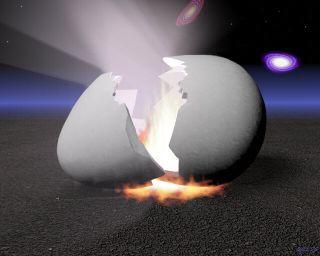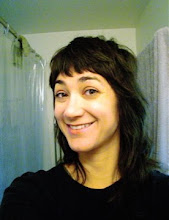1. Bourriaud writes of the way art today uses the 'precariousness' of everything to find its own, new strength p 84. This echoes the Buddhist principle of Sunyata, or basically transience:
"Śūnyatā signifies that everything one encounters in life is empty of absolute identity, permanence, or an in-dwelling 'self'. This is because everything is inter-related and mutually dependent - never wholly self-sufficient or independent. All things are in a state of constant flux where energy and information are forever flowing throughout the natural world giving rise to and themselves undergoing major transformations with the passage of time." (http://en.wikipedia.org/wiki/%C5%9A%C5%ABnyat%C4%81)
2. I had the chance to see the 'Tate Thames Dig', 1999, by Mark Dion, that Bourriaud refers to on page 89,and it was a fascinating world. The drawers full of teeth, and drawers full of bones, the drawers full of shards of glass and ceramics- its quantity of artifacts and the scientific-style of displaying those artifacts gave me as a viewer, a sense of context in humanity that I hadn't gotten in the Natural History Museum. In this way, building a strength on the transience of things, the piece does support Bourriaud's theory of the 'precarious' aesthetic.
3.Bourriaud describes the art of Abraham Poincheval and Laurent Tixador, wherein they ‘place themselves in physical and mental danger’ p109. How does their art differ from an episode of Survivor? And why do privileged people in no real danger place themselves in real danger, while other people would do anything to get themselves out of danger and can’t? Perhaps the 'extreme adventure' art of Poincheval and Tixador does not differ much from the television show Survivor, which capitalizes on the boredom or desire to escape of its viewers. I suppose people pursue this style of art, which is perhaps needlessly, potentially harmful, because of the privelege of not actually being in too much danger.
4.Maybe this is a shallow reflection, but in response to this reading I keep thinking of how right Bourriaud is about our concern now with linking time and space, and how his theory relates to the television series, Caprica. A sci-fi show based on telling the pre-story to Battle Star Gallactica, Caprica takes place in the future, with a 'real' world story running parallel to a virtual world story, wherein the same characters have avatars that function in an entirely virtual city. Having grown up on The Dukes of Hazard and The Love Boat, a story like this, with its interconnected drama and fast paced referrals to religion, time, space, cultures and technology is a pedestrian example of how even in the non-art world of prime time T.V. we deal with the 'temporal bifurcations' of which Bourriaud speaks.
5. I am hung up on the poetic emphasis of translation. the quote 'I feel a closeness to all meaningful/meaningless gaps' (Anri Sala) creates a pause itself. I wonder if the transience of things these days has given rise to a question we haven't had to ask before, something like, if nothing is really there, then are the nothingness (the meaningful/meaningless gaps) more real to us?
Subscribe to:
Post Comments (Atom)


No comments:
Post a Comment